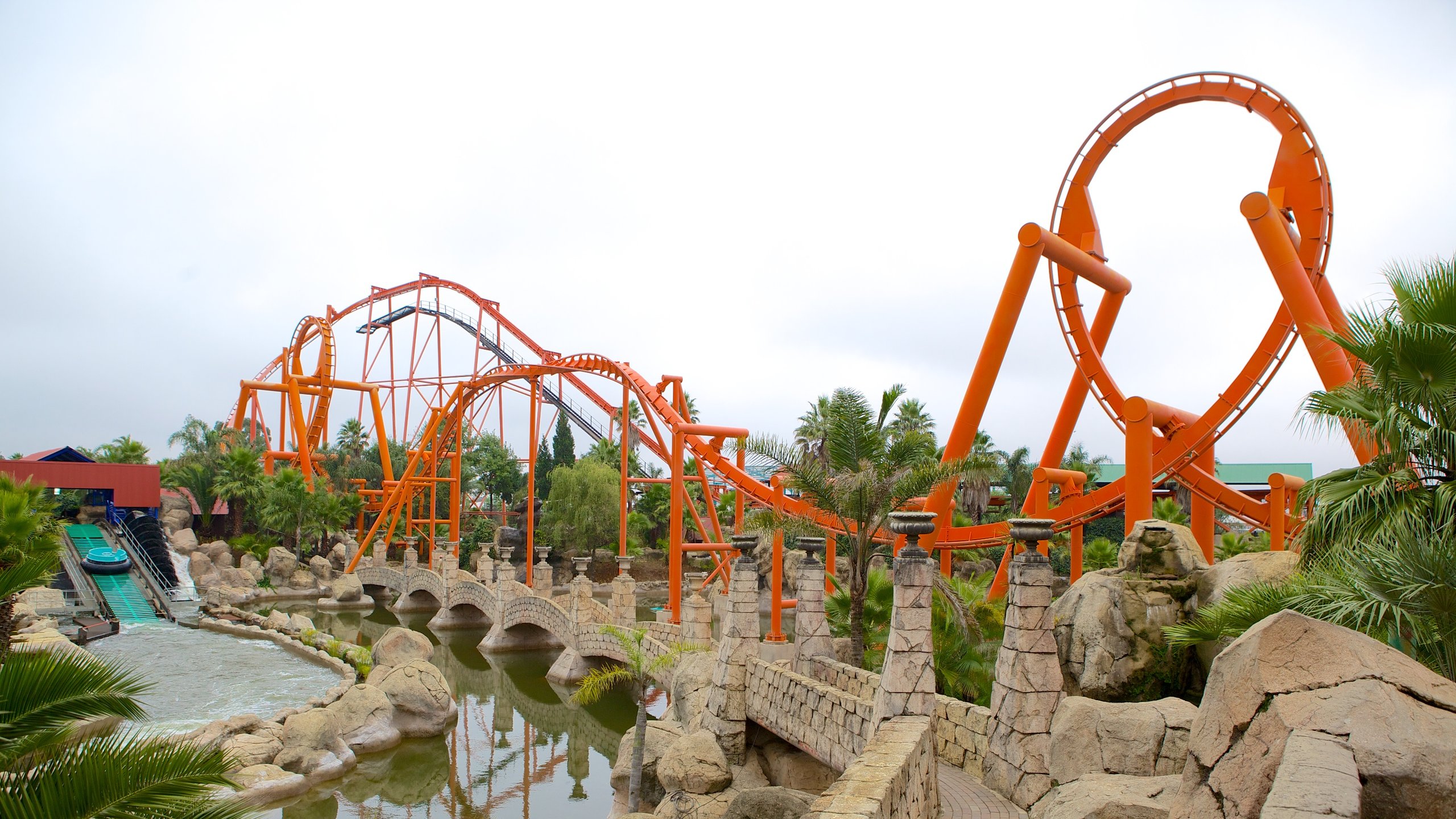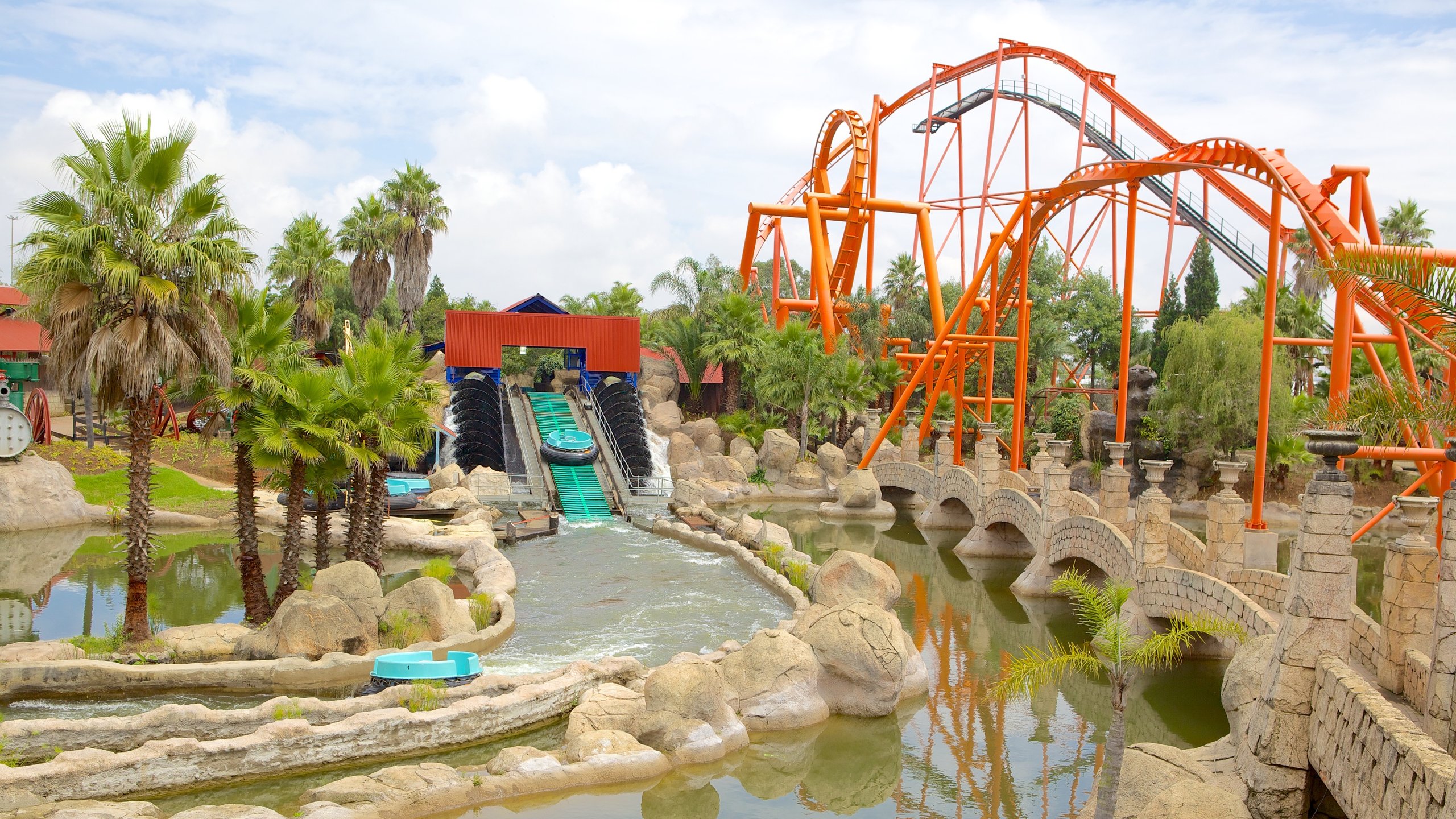All about Johannesburg North Attractions
All about Johannesburg North Attractions
Blog Article
Examine This Report on Johannesburg North Attractions
Table of ContentsWhat Does Johannesburg North Attractions Mean?How Johannesburg North Attractions can Save You Time, Stress, and Money.How Johannesburg North Attractions can Save You Time, Stress, and Money.Little Known Facts About Johannesburg North Attractions.Johannesburg North Attractions for BeginnersThe Main Principles Of Johannesburg North Attractions
The city owes its place to the visibility of a a lot more precious resource: gold. The city expanded on the side of the Witwatersrand Main Coral reef, a below ground stratum of gold-bearing quartz-silica conglomerate that arcs for numerous miles underneath the Highveld. A lot of the gold mines in the city ceased operation in the 1970s, however in its day the Witwatersrand gold market made up even more than 40 percent of the globe's yearly gold manufacturing.Johannesburg has a pleasant climate. Summer season temperatures average regarding 75 F (24 C); winter temperatures balance regarding 55 F (13 C) and just sometimes dip listed below freezing. The city takes pleasure in regarding eight hours of sunlight each day in both winter season and summertime. Rainfall averages regarding 28 inches (700 millimetres) per annum, but the overall varies substantially from year to year.
What rainfall the city gets falls practically solely in the summer months, typically in amazing late-afternoon electric storms. Air pollution postures a substantial issue, especially in the winter season, when thermal inversions hinder the westward flow of air from the Indian Sea. Contamination is most severe in the largely resolved Black municipalities on the city's periphery, where many homeowners still rely upon coal for fuel.

Some Of Johannesburg North Attractions
The balance of the city is occupied by whites. Lodging varies in character and top quality.
Physical development, although somewhat restricted by transport, proceeded swiftly as migration to South Africa, and Johannesburg in specific, increased considerably. This trouble was fixed in the 1930s when the car was introduced in automation to South Africa. Automobiles were, for the many part, restricted to the affluent, and allowed them to relocate to the north of the city and commute right into the centre.
A lot of poor residential areas were combined, with inadequate blacks and whites cohabiting, although the well-off residential areas were generally booked for whites. This transformed with the political election of the National Celebration in the 1948 elections, that began to formalise the system referred to as discrimination. Discrimination officially marked which suburbs each race can live you could try these out in under the Group Locations Act.
The previous system of eleven numbered areas was reorganised in 2006. Marshalltown, as seen from the top of the Carlton Centre. The M1 and M2 run behind the buildings, and the southerly suburban areas extend past the freeway border. The inner city of Johannesburg lies within the city's Region F. The number of people living in the internal city on a casual basis is unidentified, as many are prohibited immigrants. The joblessness, education and learning, and age profiles of the location are all unidentified, due to the problem of getting dependable information about the location.
All about Johannesburg North Attractions
Yeoville and Bellevue have a mix of home buildings and single property units on small great deals. The region lies on a mountainous divide that ranges from eastern to west. The most conspicuous geographical function is Observatory Ridge, which is called for the huge observatory located on it. The leisure spaces are no more used, as a result of security problems.

8 Easy Facts About Johannesburg North Attractions Explained
R. Tambo International Airport). The eastern suburban areas are some of the oldest locations of Johannesburg, there are large areas of Jewish and other European histories, the bulk of the populace is English talking. There are 3 fairway as well as a variety of secured ridges with viewsites. There are a number of well-developed and up-market enjoyment and buying areas in the eastern such as the Eastgate Mall and the Greenstone shopping center.
The area is mainly made up of old "matchbox" houses, or four-room homes constructed by the federal government, that were built to provide inexpensive accommodation for black workers throughout discrimination. Soweto is an abbreviation, meaning "South Western Townships". Street after street in this field is lined with matchboxes; nevertheless, there are a couple of smaller locations where prosperous Sowetans have developed homes that are much more click site similar in stature with those in even more affluent residential areas.
Hostels are an additional popular physical function of Soweto. Originally developed to house male migrant workers, lots of have been improved as residences for couples and family members. The N1 Western Bypass skirts the eastern limit of Soweto. The suburb was not historically allowed to produce employment centres within the location, so nearly all of its citizens are travelers to other parts of the city.
The Greatest Guide To Johannesburg North Attractions
The N1 Western Bypass links the north suburbs with the north-western residential areas. The property areas in the northern check this suburbs are mostly official, without substantial areas of casual housing, or housing that lacks a permanent structure. Although this is a recognized location, there is a trend of land use change from household to commercial, particularly along main arterial roads and around well-known nodes.
Roadways to the eastern and west are much less well created, as there are no freeways taking a trip in that instructions. In the direction of the north border of the city, the thickness of development lowers, leaving large locations of primitive land around Midrand.
Not known Incorrect Statements About Johannesburg North Attractions
The first residential area to the north of the internal city is Parktown, which is situated on a hill neglecting the inner city and Hillbrow. It has many affluent homeowners and Edwardian-design mansions, in addition to the Education and learning and Medical schools of the College of the Witwatersrand. The big concrete Charlotte Maxeke Johannesburg Academic Hospital dominates the horizon of Parktown.
Report this page